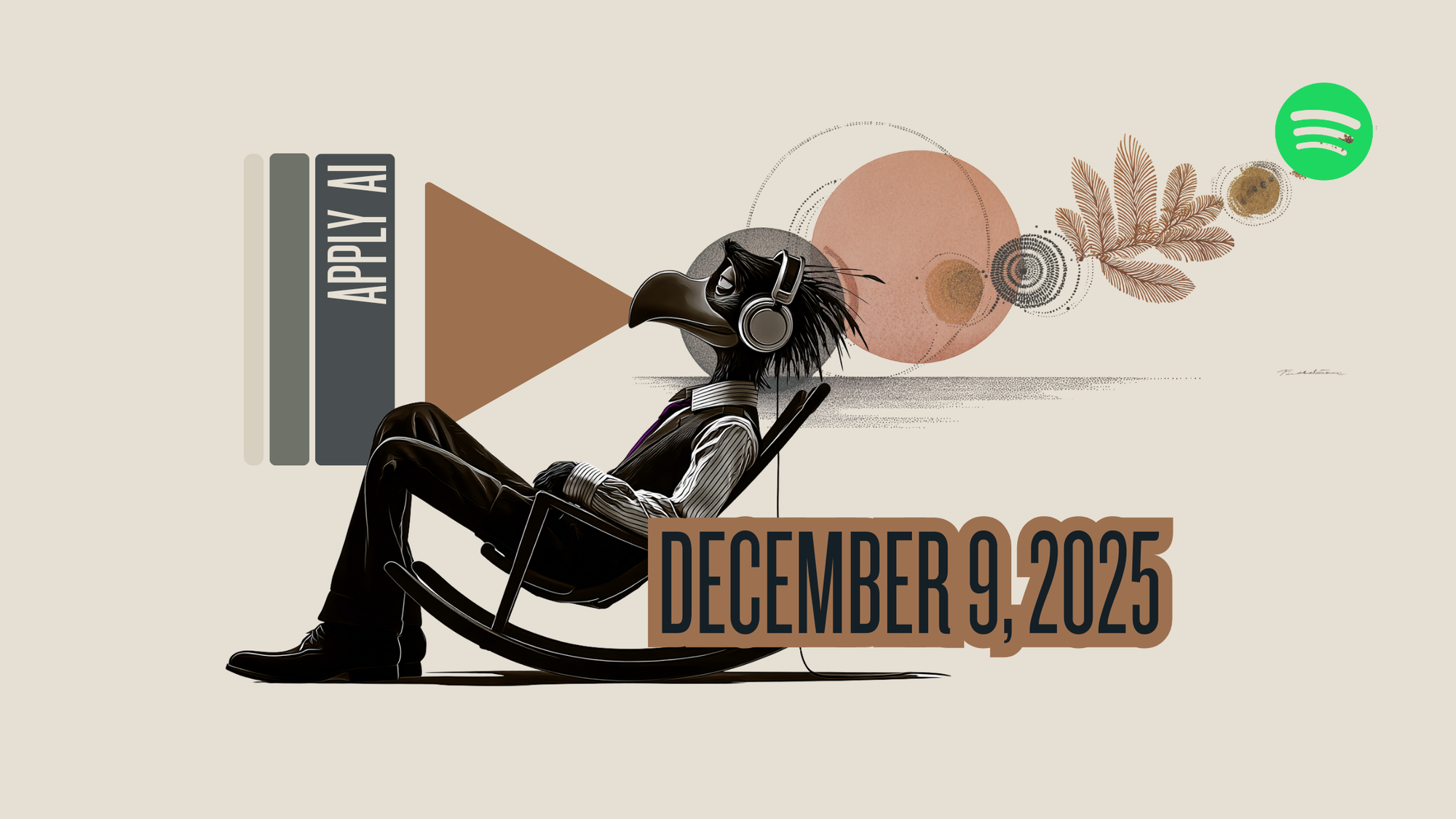Picture this: you buy a shiny new health gadget that claims it will look after you, no effort required. It sounds like the dream. But there’s a problem. Even the most hands-off technology still asks something from you.
Mild cognitive impairment, or MCI, is when your memory and thinking start to slip a little—sometimes it’s the first sign of dementia. Recently, researchers ran a big study: they gave over 23,000 people iPhones and Apple Watches to see if these gadgets could quietly keep tabs on their brain health. But they ran into a problem nobody expected.
Here’s what happened. People with MCI were less likely to keep using the system than healthy older adults, even though the tech was supposed to work quietly in the background. The problem wasn’t the app. It wasn’t the interface. It was the basics: charging the watch, remembering to wear it, checking in now and then. All of that takes memory and planning—the very things that MCI makes harder. The researchers saw that once someone got the device working, they usually stuck with it. But getting started, and keeping up with the little tasks, was where people stumbled.
So why does this matter? Because it’s a blind spot for anyone building health tools or gadgets for older people. Making something easy to use isn’t just about the app or the screen—it’s about the whole journey, from the moment you open the box to every day after that. If you’re a designer or developer, here’s what you need to think about:
- The setup should be simple, with as little fuss as possible.
- Maintenance should be automatic, not just a string of reminders.
- Sometimes, people need help from a caregiver to get started.
- And the fewer things you have to remember, the better.
But this isn’t just about health tech. Any tool meant to help people with memory or planning problems needs to remember this: it’s not just about what the tool does. It’s about how much effort it takes to keep it going.














